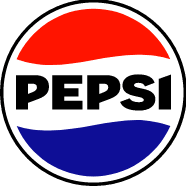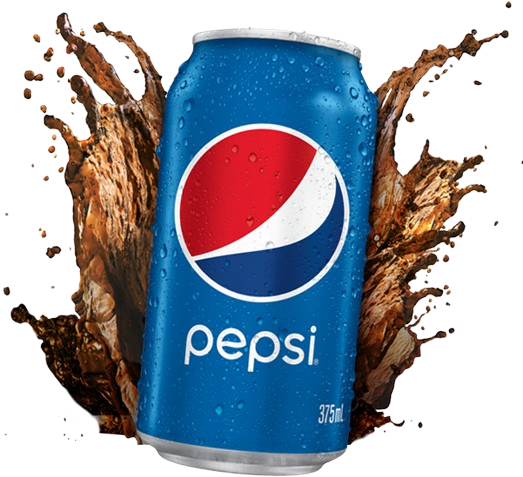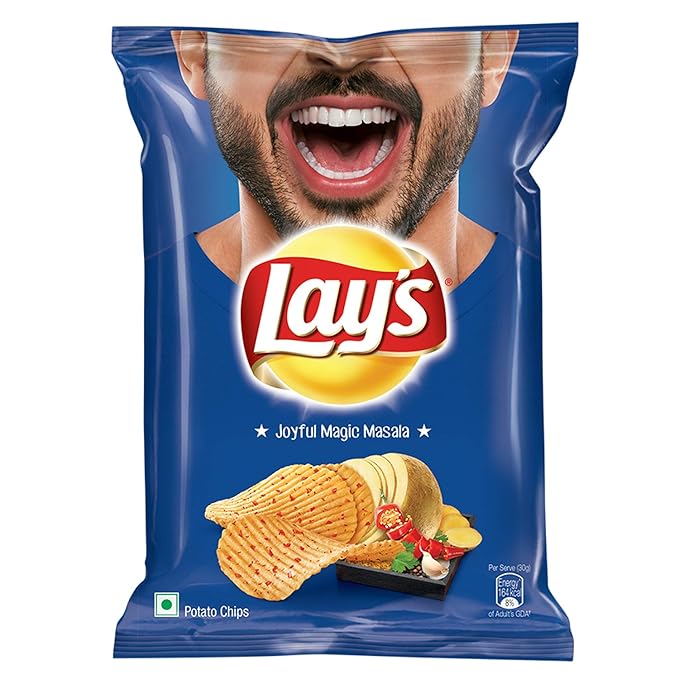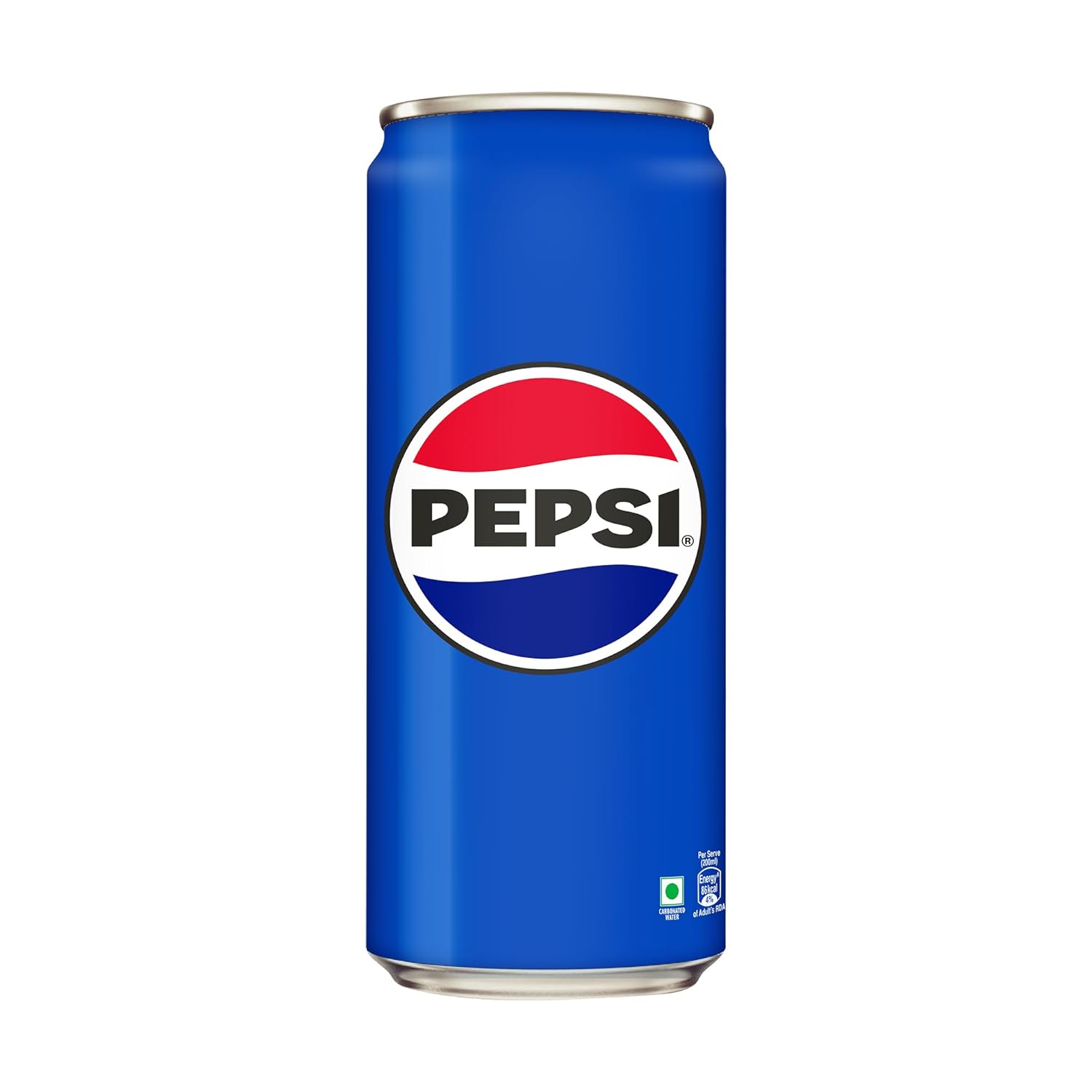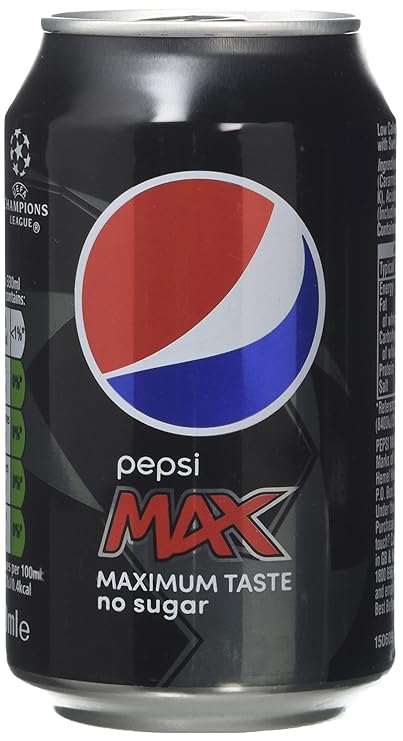Brand Overview
Brand:
Pepsi
Parent Company:
PepsiCo
Core Categories:
Beverages
Taglines Over the Years:
- Yehi Hai Right Choice, Baby!
- Dil Maange More
- Oh Yes Abhi!
- Har Ghoont Mein Swag
Market Context at Launch
India in the Late 1980s
- India had not yet liberalized; foreign brands had restricted entry.
- The soft drink market was dominated by domestic brands (e.g., Campa Cola, Thums Up).
- There was a hunger for Western brands and lifestyle products, especially among urban youth.
- Entered via a tripartite joint venture with Voltas and Punjab Agro.
- Launched under the name Lehar Pepsi, to comply with FDI regulations.
- Pitched as a "refreshing youth brand", introducing global cola culture to India.
Marketing Mix (4Ps)
Product Strategy
Core Product
- A sweet, citrusy cola drink.
- Packaged in glass bottles initially, then moved to PET bottles, cans, and fountain dispensers.
- Pepsi Black (zero sugar variant)
- Limited edition bottles for the IPL/World Cup/celebrities
- Promotional packs tied to movies, music, and cricket
- Positioned as more fun and youthful than Thums Up's macho image.
- Taste preferred by younger consumers looking for a “Westernized” flavor.
Pricing Strategy
- Launched with competitive pricing to challenge Thums Up and Campa.
- Offered smaller packs at lower prices (e.g., ₹5, ₹10 bottles) to increase rural and mass-market appeal.
- Periodic discounts, combo offers, and value-packs to drive volumes.
Promotion Strategy
Pepsi's rise in India is marked by aggressive advertising, celebrity endorsements, and iconic pop culture campaigns.Notable Campaigns1. “Yehi Hai Right Choice, Baby!” (1990s)
- With Remo Fernandes' jingle, this became one of the first pan-India youth slogans.
- Featured Juhi Chawla, Aamir Khan, and Sachin Tendulkar.
- Subversive ambush marketing during the Cricket World Cup (dominated by Coca-Cola).
- Cemented Pepsi's cool, edgy image.
- One of the most iconic Indian slogans ever.
- Merged seamlessly with cricket, youth rebellion, and pop culture.
- Coincidentally echoed by Captain Vikram Batra during the Kargil War, further boosting brand recall.
- Repositioning to connect with instant-gratification Gen Z.
- Introduced new faces: Ranbir Kapoor, MS Dhoni, Priyanka Chopra.
- Aligned Pepsi with India's evolving music and streetwear culture.
- Endorsers: Badshah, Tiger Shroff, and more.
- Shift from sports to hip-hop and self-expression.
Distribution Strategy
- Leveraged PepsiCo's vast distribution network (modern trade, rural, HoReCa, college canteens).
- Focus on:
- Urban youth hangouts
- Rural push through small SKUs and cold chain expansion
- Event-based sampling (cricket, concerts, IPL, music fests)
- Fountain sales through restaurants and QSR chains (e.g., KFC, Pizza Hut — both owned by PepsiCo in India at one point).
Competitive Landscape
Main Competitors
- Thums Up (Coca-Cola) – India's #1 cola brand with a strong masculine, local positioning.
- Coca-Cola – More family-friendly, less edgy than Pepsi.
- RC Cola, Campa Cola, Big Cola – Value or nostalgia-based brands.
Differentiators for Pepsi
- Youth culture leadership: music, cricket, street-style.
- Innovative, cheeky advertising.
- Strong in North India and metros, relatively weaker in South and rural markets.
Consumer Perception & Emotional Connect
- Perceived as fun, global, youth-first.
- Connected emotionally via:
- Music, cricket, movies
- Messages of freedom, choice, and rebellion
- While it didn't claim “nationalism” (like Thums Up), it captured urban India's aspirational identity.
Challenges & Strategic Responses
Challenges
- Failed to dethrone Thums Up despite decades of effort.
- Health consciousness and anti-sugar sentiment hit CSDs hard in the 2010s.
- Cola category's relevance waned among Gen Z — energy drinks, flavored water, and juices gained share.
- Launched Pepsi Black (zero-calorie variant) to tap health-conscious urban youth.
- Pivoted marketing to music culture and individuality rather than only sports.
- Focused on digital-first campaigns and influencer-led storytelling.
- Periodic packaging innovations and celebrity bottles.
Impact & Legacy
- One of India's top soft drink brands by awareness and visibility.
- Despite being No. 2 in market share, Pepsi has often led in pop culture and mindshare.
- Built a long-term emotional association with youth energy, aspiration, and coolness.
- Played a major role in transforming advertising in India—slick, Western-style storytelling, use of music, and satire.
Current Position (as of 2025)
- Among top 3 cola brands in India, after Thums Up and Coca-Cola.
- Particularly strong in urban India and northern states.
- Large presence in organized retail, foodservice, and quick-service restaurants.
- New focus areas:
- Pepsi Black,
- Sugar reduction,
- Digital influencer marketing,
- Regional language campaigns.
Key Learnings
- Culture-first branding can help create a distinct identity—even in a crowded, commoditized market.
- Long-term celebrity associations and youth-led slogans build lasting equity.
- A challenger brand (vs Thums Up) can dominate mindshare by being bold, cheeky, and irreverent.
- Category headwinds (like health consciousness) require product innovation and narrative shifts.
- Ambush marketing, when done well, can shape a brand's edginess and identity.
Summary
Pepsi's India journey has been a story of bold marketing, youthful swagger, and cultural sync. While it never overtook Thums Up in market share, it redefined how a brand could embody an attitude, become a pop-culture partner, and stand for more than just a beverage. As India evolves, Pepsi continues to reinvent its message for newer generations while staying true to its core of energy, fun, and individuality.

